Attitude Determination and Control Systems (ADCS): An In-Depth Analysis from Sensing to Control
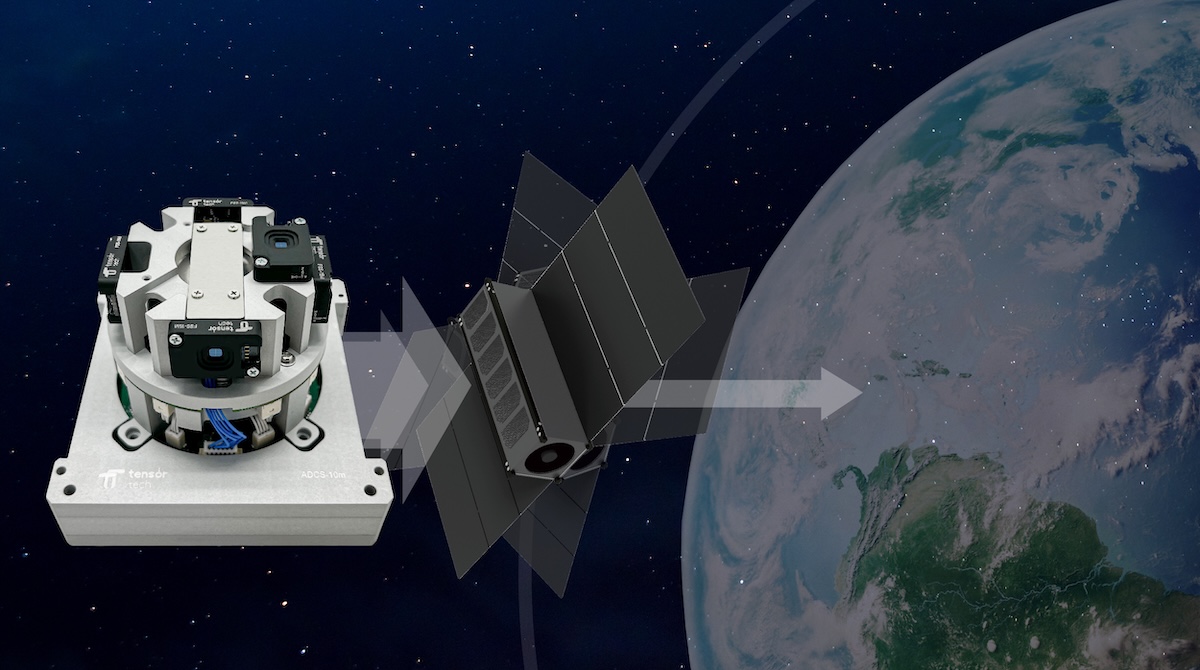
Authored by Afan Huang
Attitude knowledge and control is essential to every satellite mission. In this article, we introduce the Attitude Determination and Control System (ADCS) and explain how it enables satellites to sense their orientation, calculate their position, and adjust it in real time.
〈Related Reading:Keys toward precise attitude control〉
What Is ADCS (Attitude Determination and Control System)?
The Attitude Determination and Control System, commonly known as ADCS, is a critical onboard system in satellites and spacecrafts. Its main function is to determine and control the satellite’s orientation—or "attitude"—in space. This system ensures that satellites can accurately point their cameras, antennas, or sensors toward specific targets such as Earth, the Sun, stars, or deep space.
Whether it's a weather satellite taking images of Earth or a communication satellite maintaining antenna alignment, ADCS makes precise orientation possible by combining real-time sensing, calculation, and control.
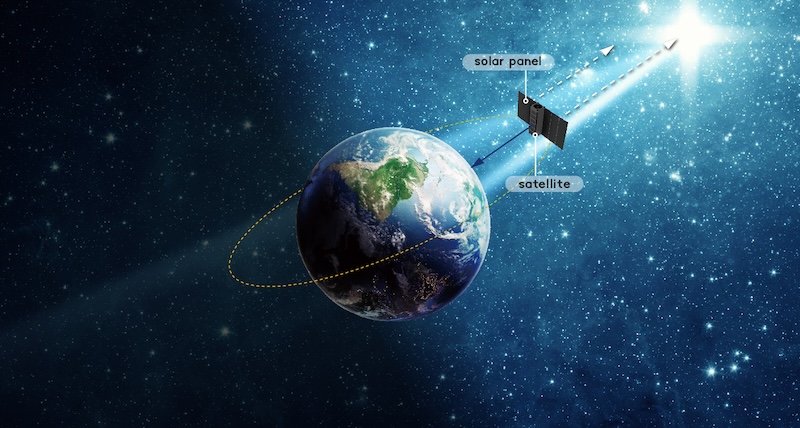
Satellite Attitude Control
An ADCS consists primarily of two major subsystems: sensors that detect the satellite’s orientation and actuators that make physical adjustments to it.
Sensors: Sun Sensors, Star Trackers, Magnetometers, and More
ADCS sensors gather environmental data that helps the satellite understand its orientation in space:
-
Sun Sensors: Detect the sun’s direction, useful for basic attitude awareness or sun-pointing.
-
Star Trackers: Use star field recognition to determine orientation with high accuracy.
-
Magnetometers: Measure Earth’s magnetic field to infer satellite orientation.
-
Gyroscopes: Detect angular velocity, which helps propagate attitude changes between measurements.
Each sensor type contributes uniquely to building a reliable attitude estimate.
〈Related Reading:An introduction to fine sun sensors〉
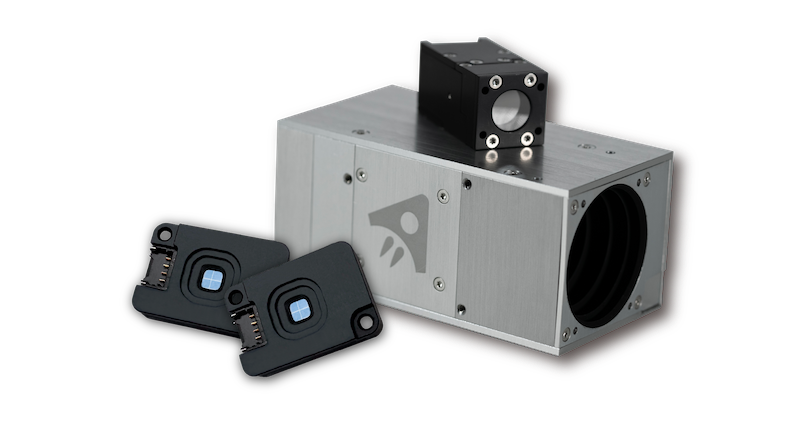
Fine Sun Sensor & Star Tracker
Actuators: Reaction Wheels, Control Moment Gyroscopes, and Magnetorquers
Actuators apply torque to physically adjust the satellite’s attitude:
-
Reaction Wheels: Rotate to apply angular momentum changes across one axe.
-
Control Moment Gyroscopes (CMGs): Use high-speed spinning rotors and gimbals to generate large torque for agile maneuvering.
-
Magnetorquers: Interact with Earth's magnetic field to apply torque—ideal for detumbling or momentum dumping in Low Earth Orbit.
-
Small Thrusters: Can provide momentum dumping in orbits where Earth’s magnetic field is too thin.
-
Tensor Tech CMGs: Actuator based on a variable spinning rotor mounted on a gimbal that can provide control on two axes simultaneously.
These actuators work individually or in combination depending on mission needs.
〈Related Reading:What Is a Control Moment Gyroscope (CMG)? A Powerful Solution for Satellite Attitude Control〉
〈Related Reading:Revolutionizing Satellite Attitude Control: Spherical Motor-driven Control Moment Gyroscope〉
Reaction Wheel & Control Moment Gyroscope & Magnetorquer
How Does the ADCS (Attitude Determination and Control System) Work?
The ADCS operates in a closed-loop process consisting of three main phases: sensing, computation, and actuation. This cycle runs continuously throughout the satellite’s mission.
Sensor Data Acquisition
Sensors collect real-time data on light sources, magnetic fields, or angular rates.
Attitude Determination
The system processes incoming sensor data to estimate the satellite’s current attitude using algorithms like Kalman filters.
Guidance
The desired orientation is computed based on mission goals, such as Earth-Target-pointing or Sun-tracking.
Control Calculation
The required torque to achieve or maintain the desired attitude is computed.
Actuation
Commands are sent to actuators, which apply the necessary force to rotate or stabilize the satellite.
Orbit Determination
Orbital information is integrated to improve prediction of position and orientation changes.
This control loop ensures that the satellite maintains the correct orientation at all times.

ADCS System-Loop Diagram
Different Operational Modes of ADCS (Attitude Determination and Control System)
The ADCS can be configured in various ways depending on mission type, satellite size, and power or cost constraints. The differences are mainly reflected in control strategies, component selection, and operating modes.
-
Passive Control: Uses natural forces, requiring minimal active adjustment (e.g., magnetic torque only).
-
Active Control: Uses continuous feedback and actuation to maintain orientation.
-
Spin Stabilization: The satellite spins around one axis to maintain stability.
-
Three-Axis Stabilization: Independently controls roll, pitch, and yaw for precise pointing.
Each configuration balances complexity, accuracy, and resource usage differently.
〈Related Reading:How to pick up a suitable CubeSat ADCS〉
Tensor Tech’s High-Performance ADCS (Attitude Determination and Control System)
Tensor Tech offers precision ADCS solutions tailored for nanosatellites and microsatellites. Our systems are built to deliver high torque efficiency, compact size, and mission flexibility.
〈Related Product Recommendations:Attitude Determination and Control System〉
TensorADCS-MTQ
A minimal system with sun sensors and magnetorquers, ideal for missions with low power and volume budgets.
TensorADCS-10m
Features built-in Control Moment Gyroscopes for agile and power-efficient 3-axis control. Well-suited for responsive Earth observation missions.
TensorADCS-20m
Modular and extensible ADCS integrating two CMGs, sun sensors, and external interfaces for complex mission profiles.
Explore our ADCS product line here and see how Tensor Tech enables smarter satellite control.
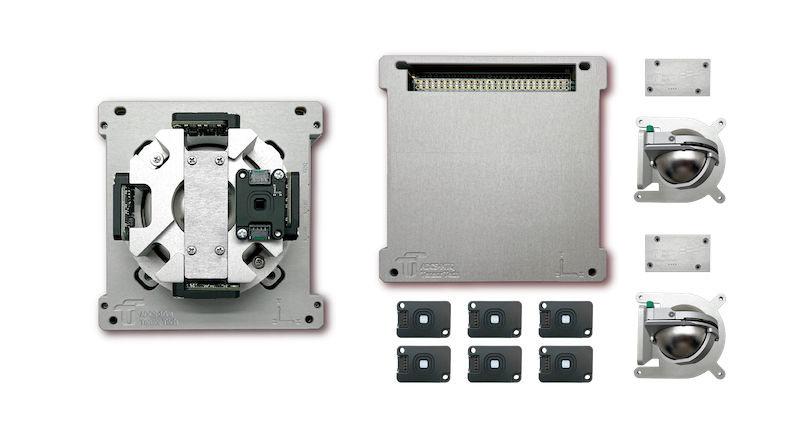
TensorADCS-10m & TensorADCS-20m
Conclusion
The Attitude Determination and Control System is the backbone of any satellite’s ability to stay oriented and perform its mission effectively. From sensing to control, ADCS enables reliable, precise, and continuous orientation in the dynamic space environment.
At Tensor Tech, we specialize in building high-performance ADCS systems that power the next generation of space missions. To learn more or request a consultation, contact us today: Contact Us

